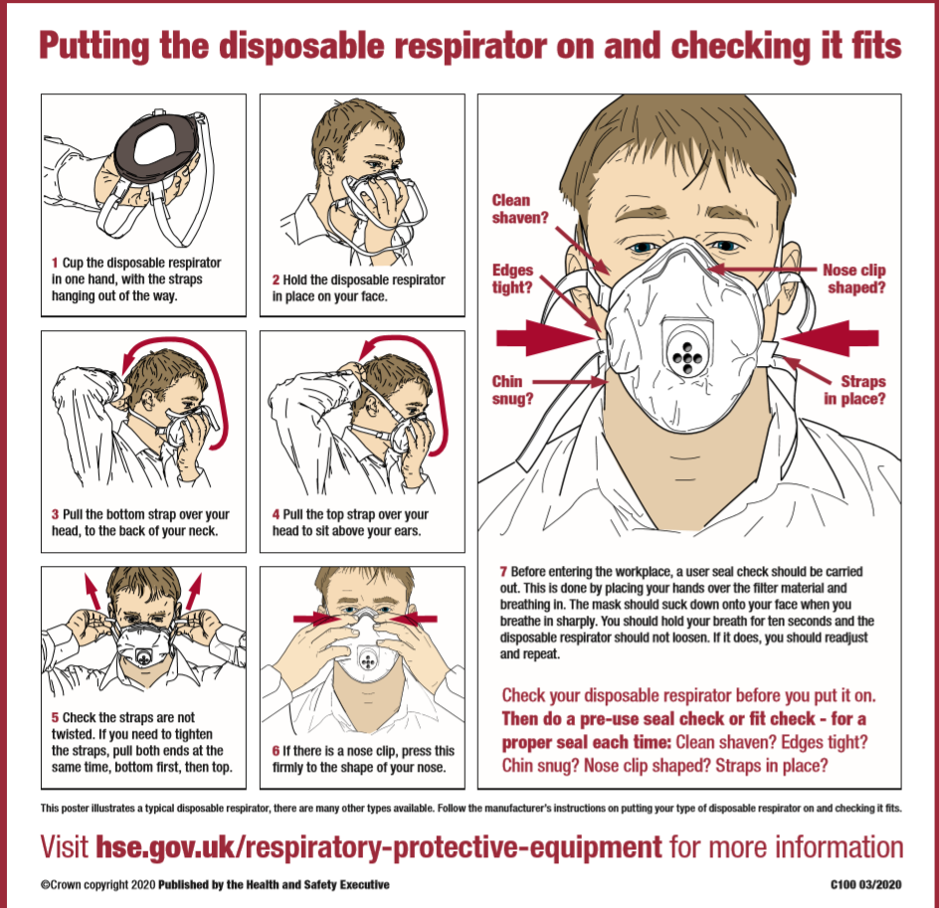This is a difficult time for apprentices, employers and providers of apprenticeship training, assessment and external assurance. The government is committed to supporting apprentices, and employers continue to build the skills capabilities the country needs now and in the future.
The Education and Skills Funding Agency (ESFA) is responding by taking steps to ensure that, wherever possible, apprentices can continue and complete their apprenticeship, despite any break they need to take as a result of COVID-19, and to support providers during this challenging time.

The government is providing the following support:
- introducing flexibilities to allow furloughed apprentices to continue their training as long as it does not provide services to or generate revenue for their employer
- encouraging training providers to deliver training to apprentices remotely, and via e-learning, as far as is practicable
- allowing the modification of end-point assessment arrangements, including remote assessments wherever practicable and possible in order to maintain progress and achievement for apprentices
- clarifying that apprentices ready for assessment, but who cannot be assessed due to COVID-19 issues, can have their end-point assessment rescheduled
- apprentices whose gateway is delayed can have an extension to the assessment time frame
- enabling employers and training providers to report and initiate a break in learning, where the interruption to learning due to COVID-19 is greater than 4 weeks
- clarification on how to record breaks in learning so that funding is not unnecessarily disrupted
- confirming that, where apprentices are made redundant, it is our ambition to find them alternative employment and continue their apprenticeship as quickly as possible and within 12 weeks.
Further information can be found at GOV.UK.



